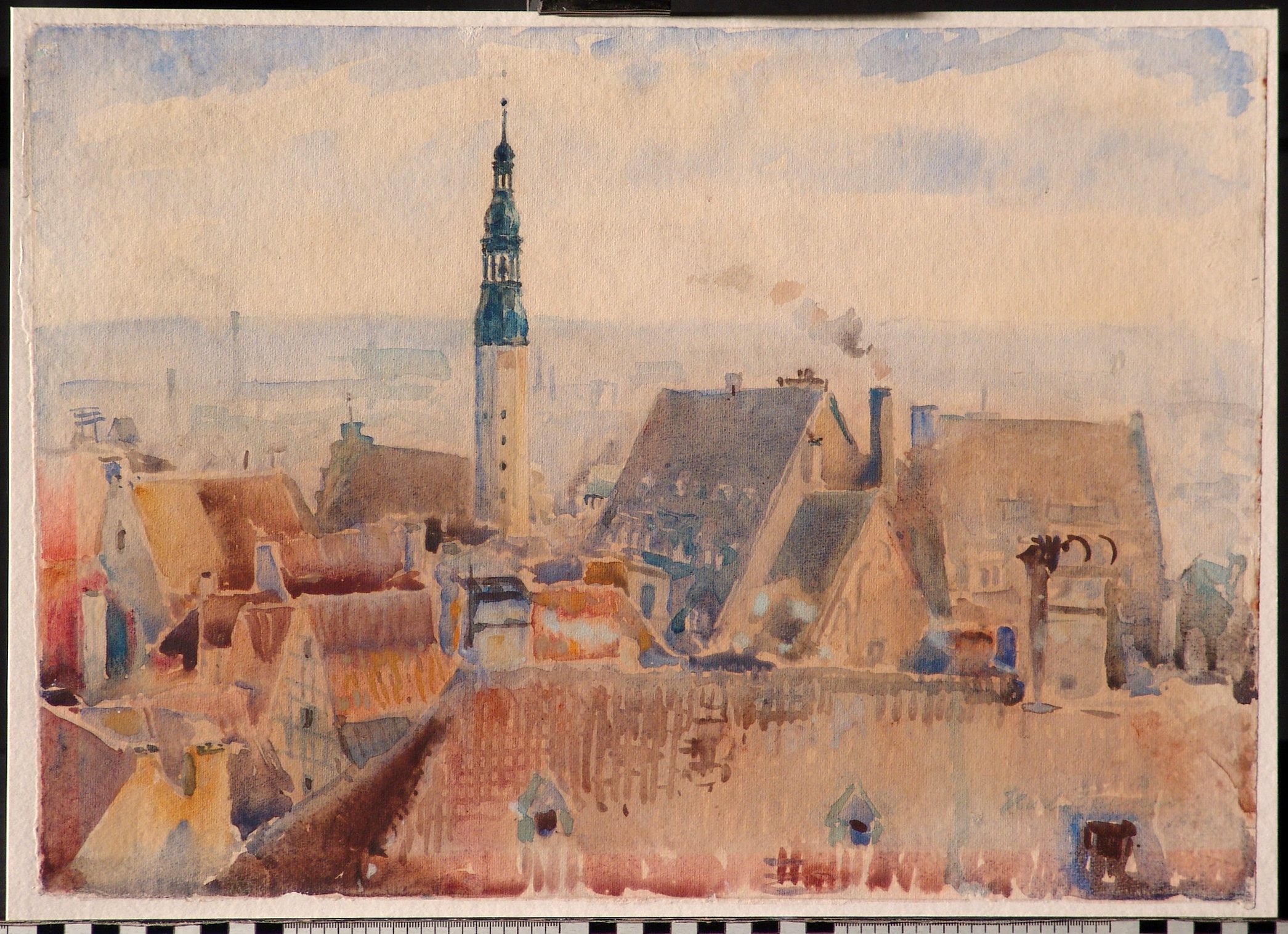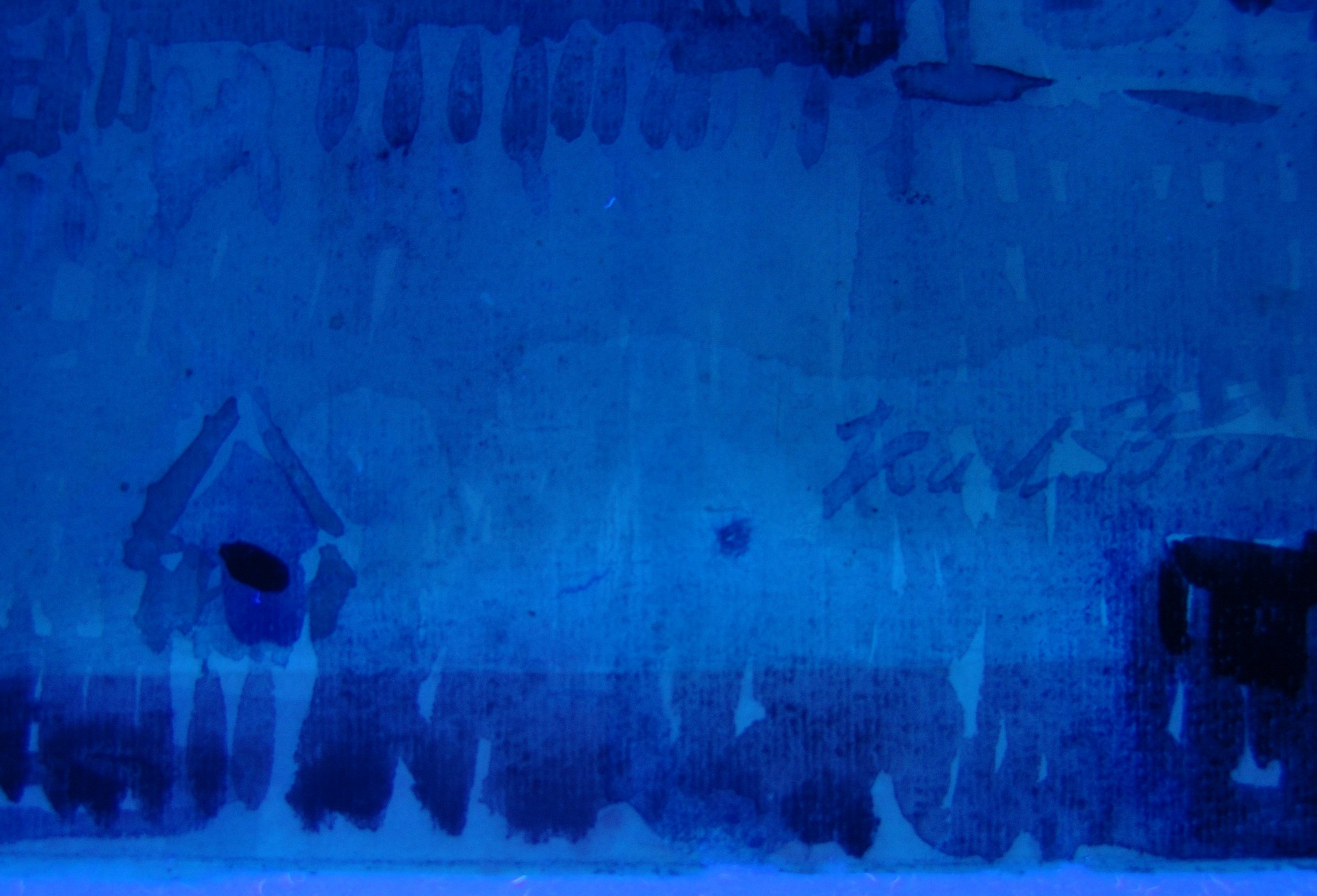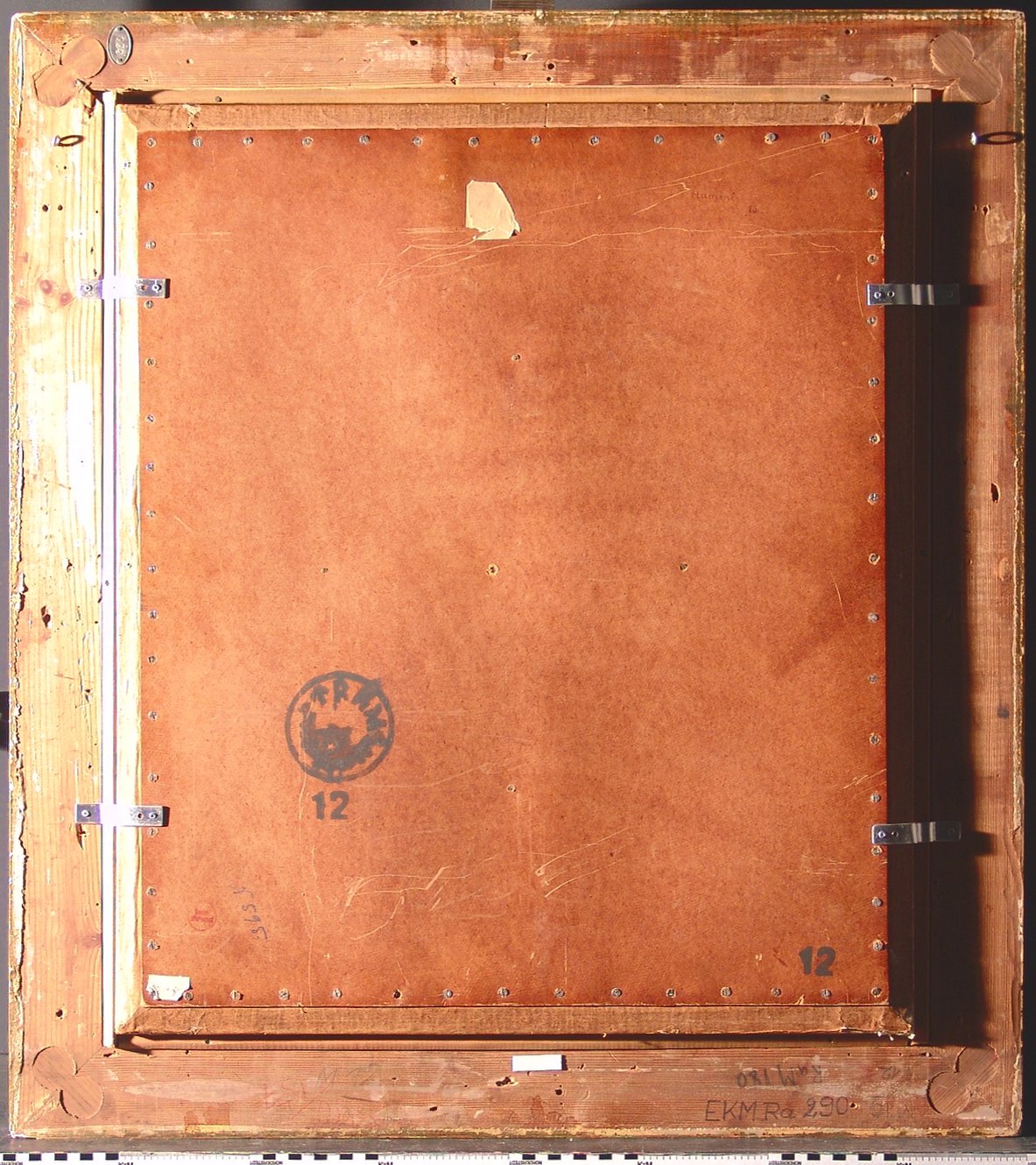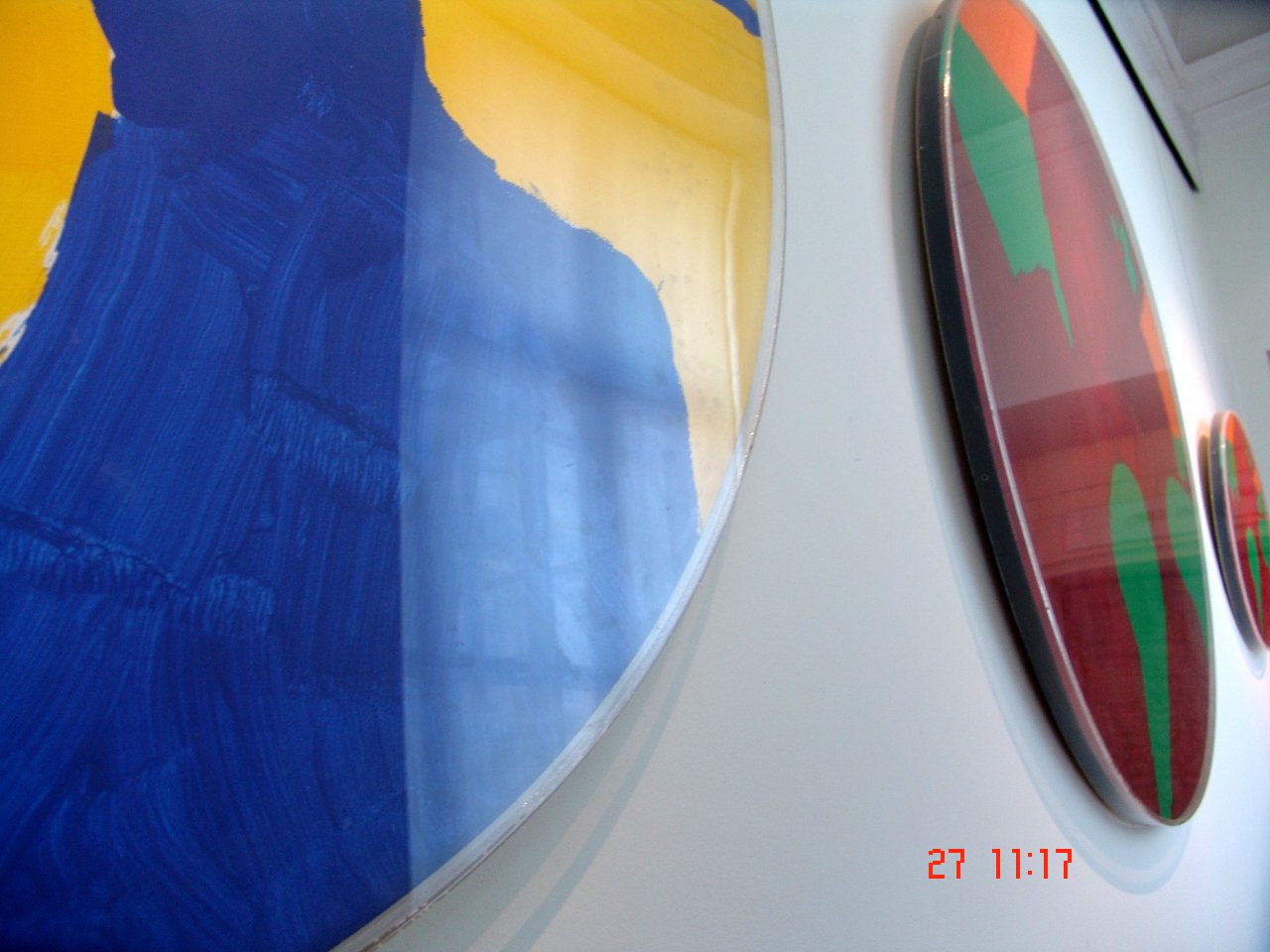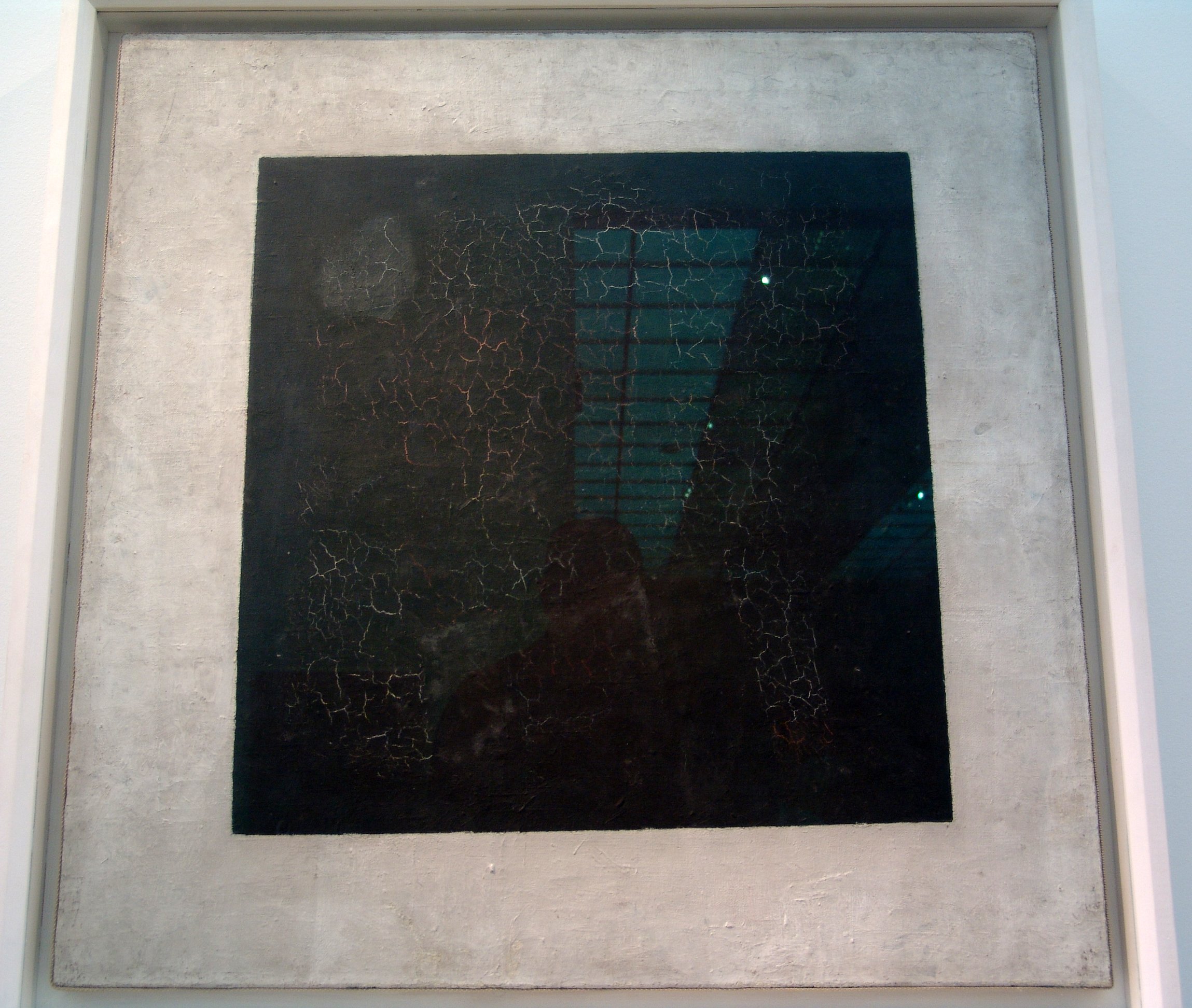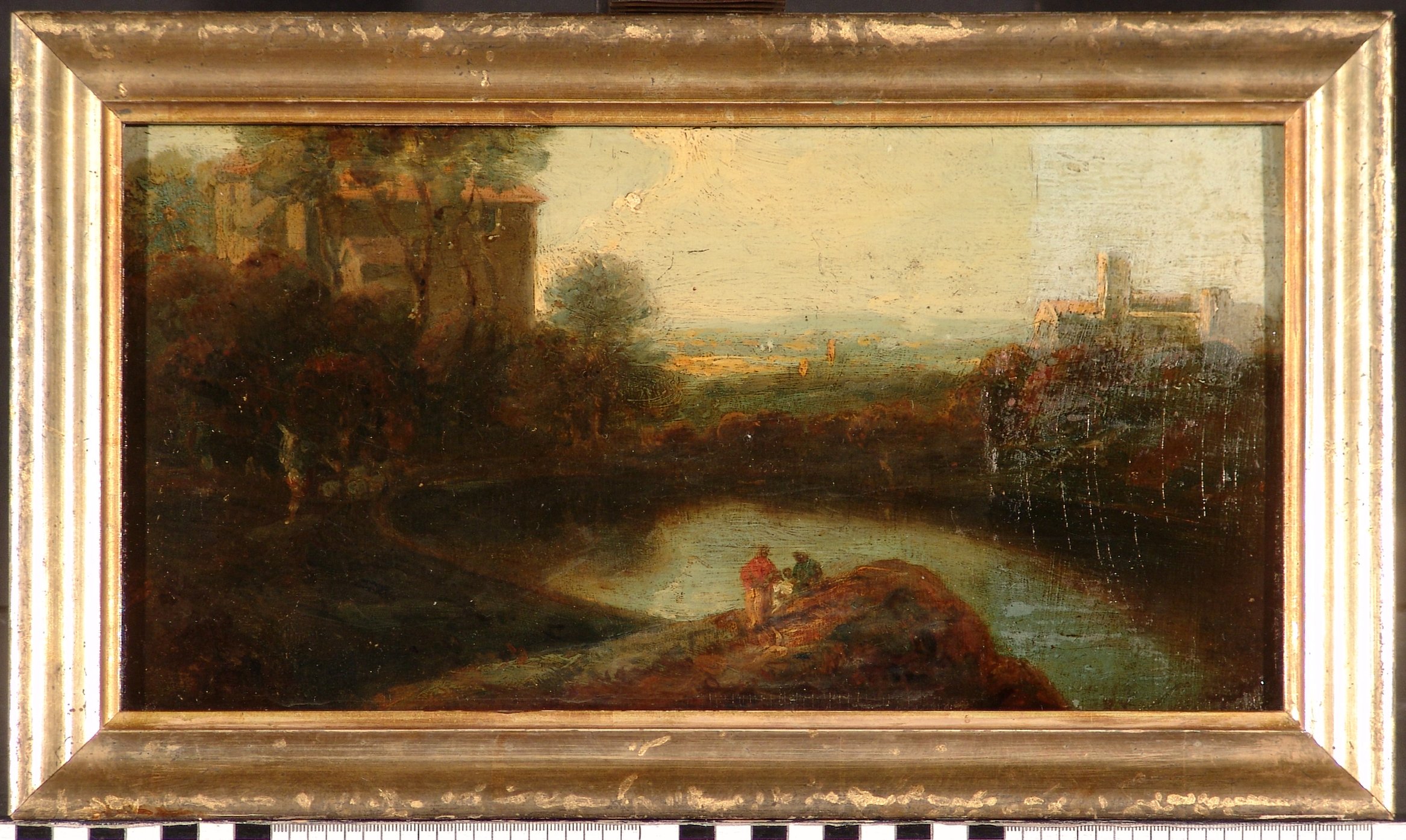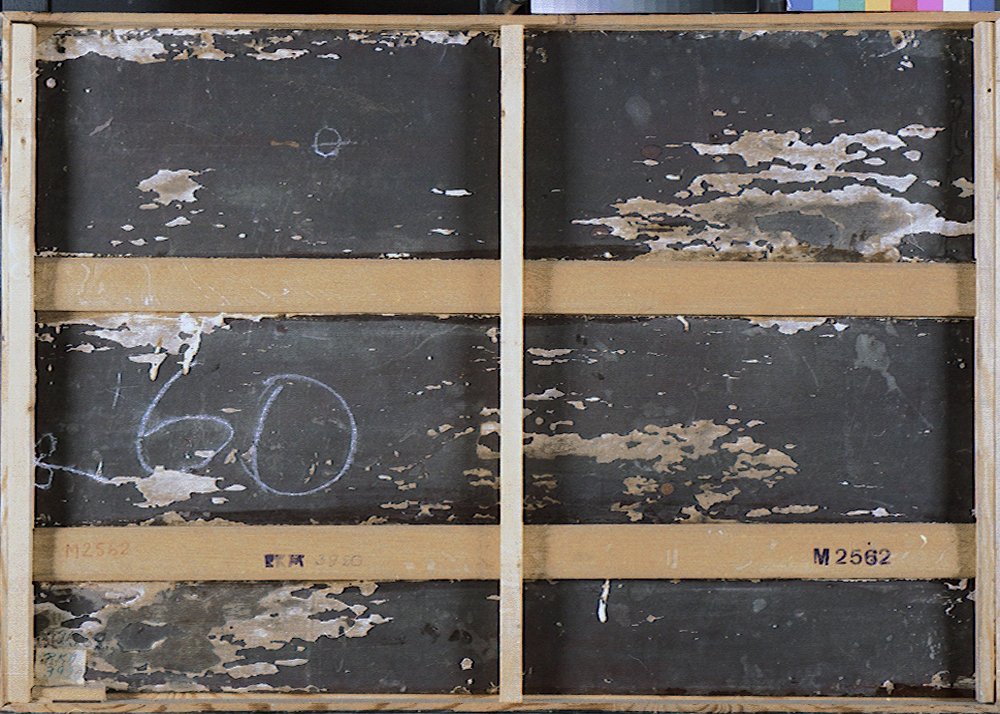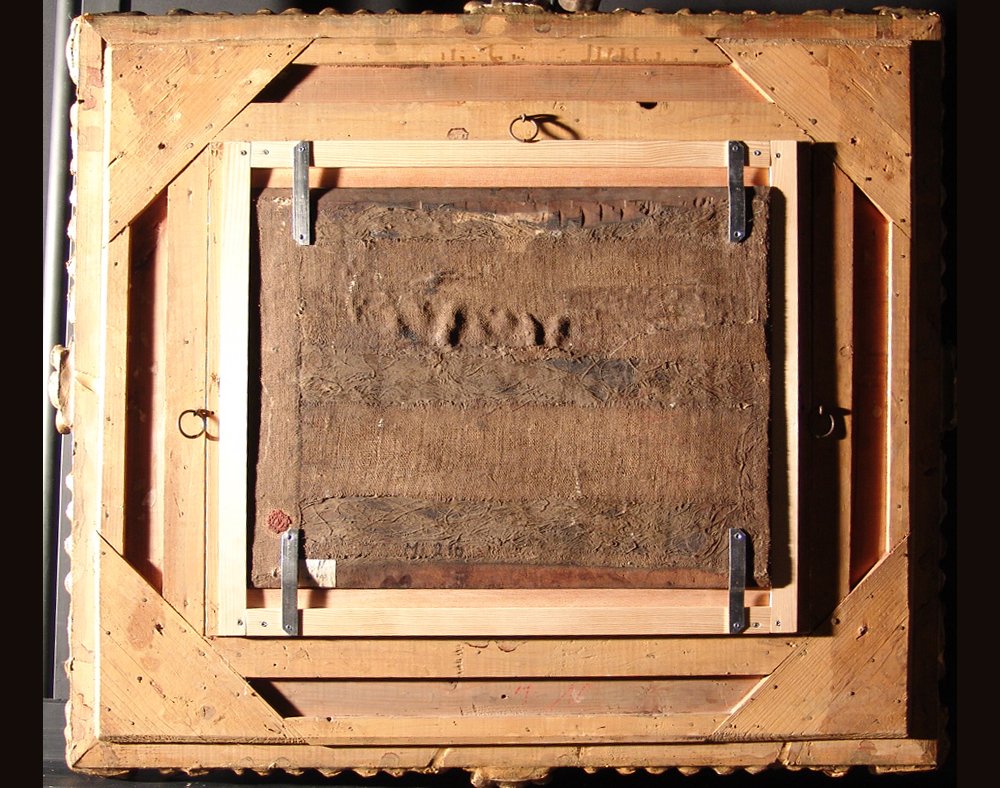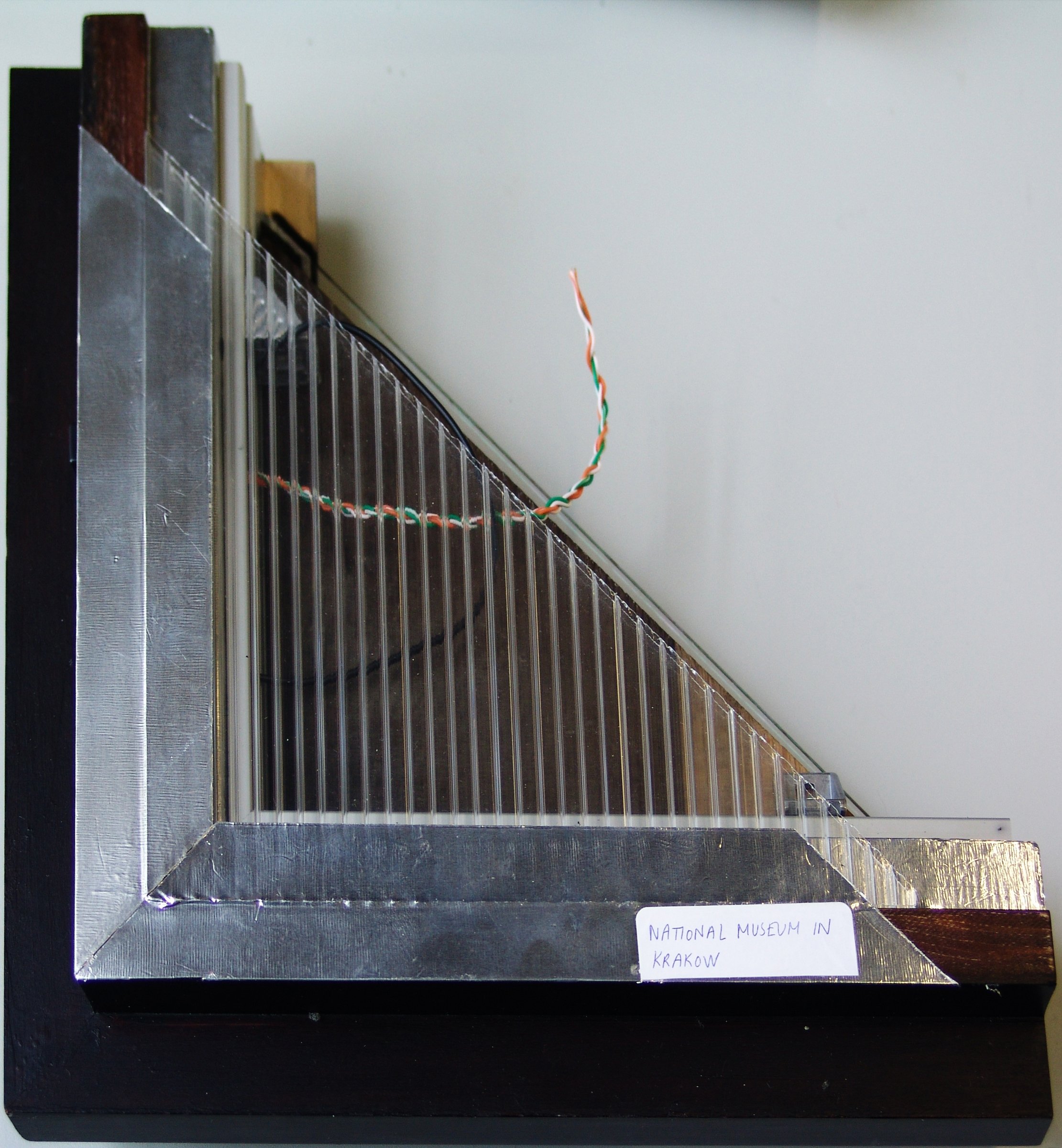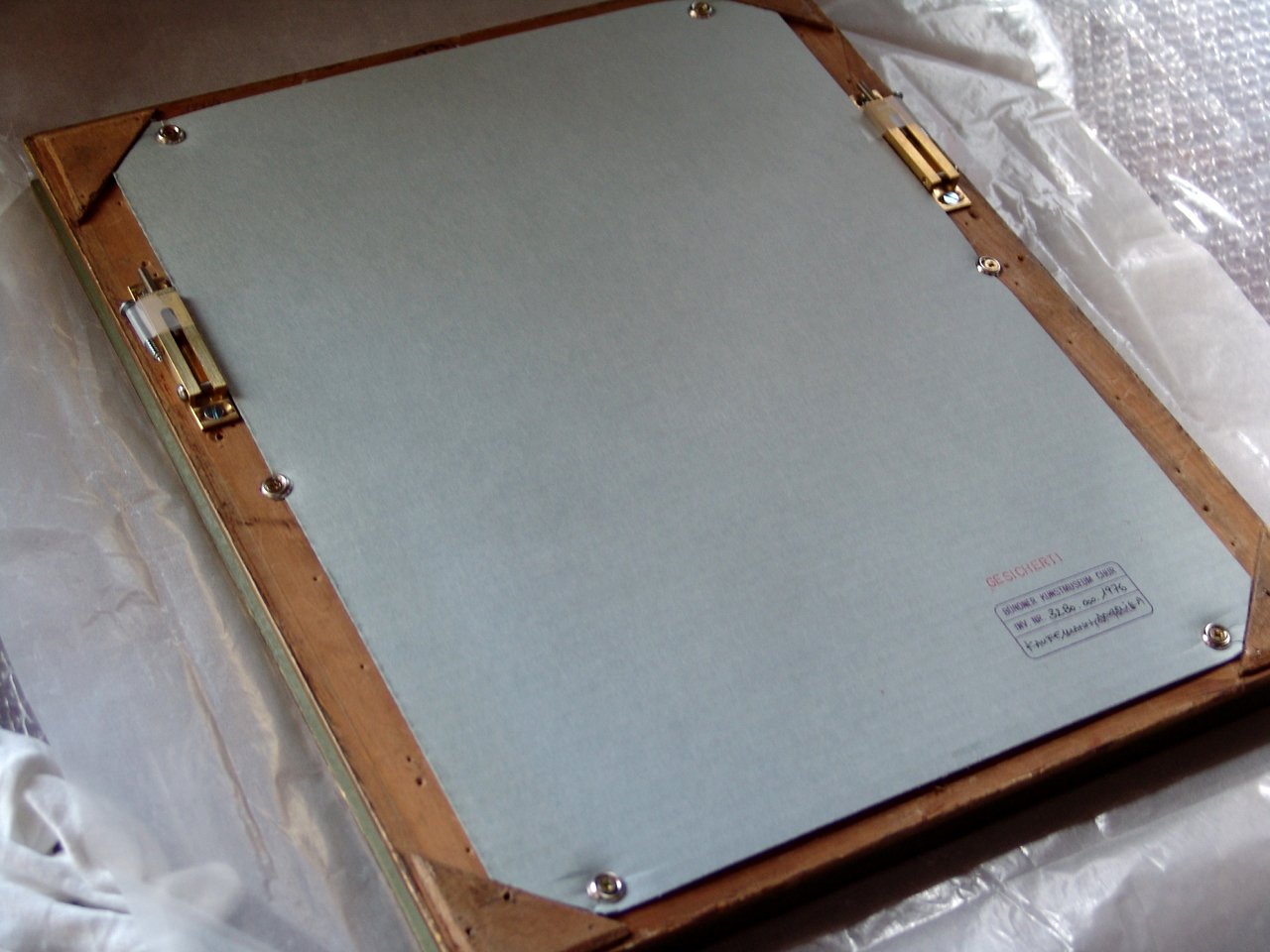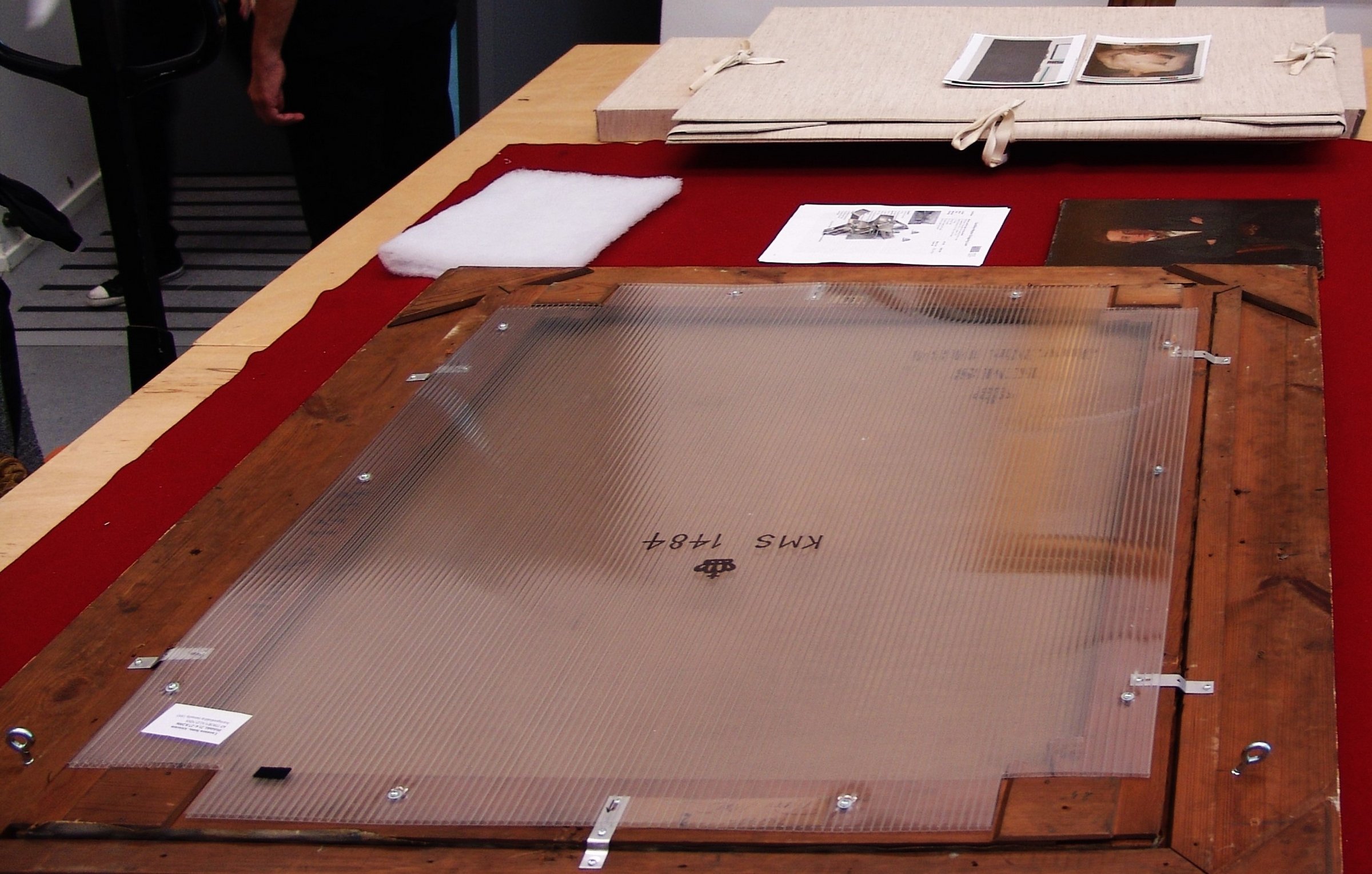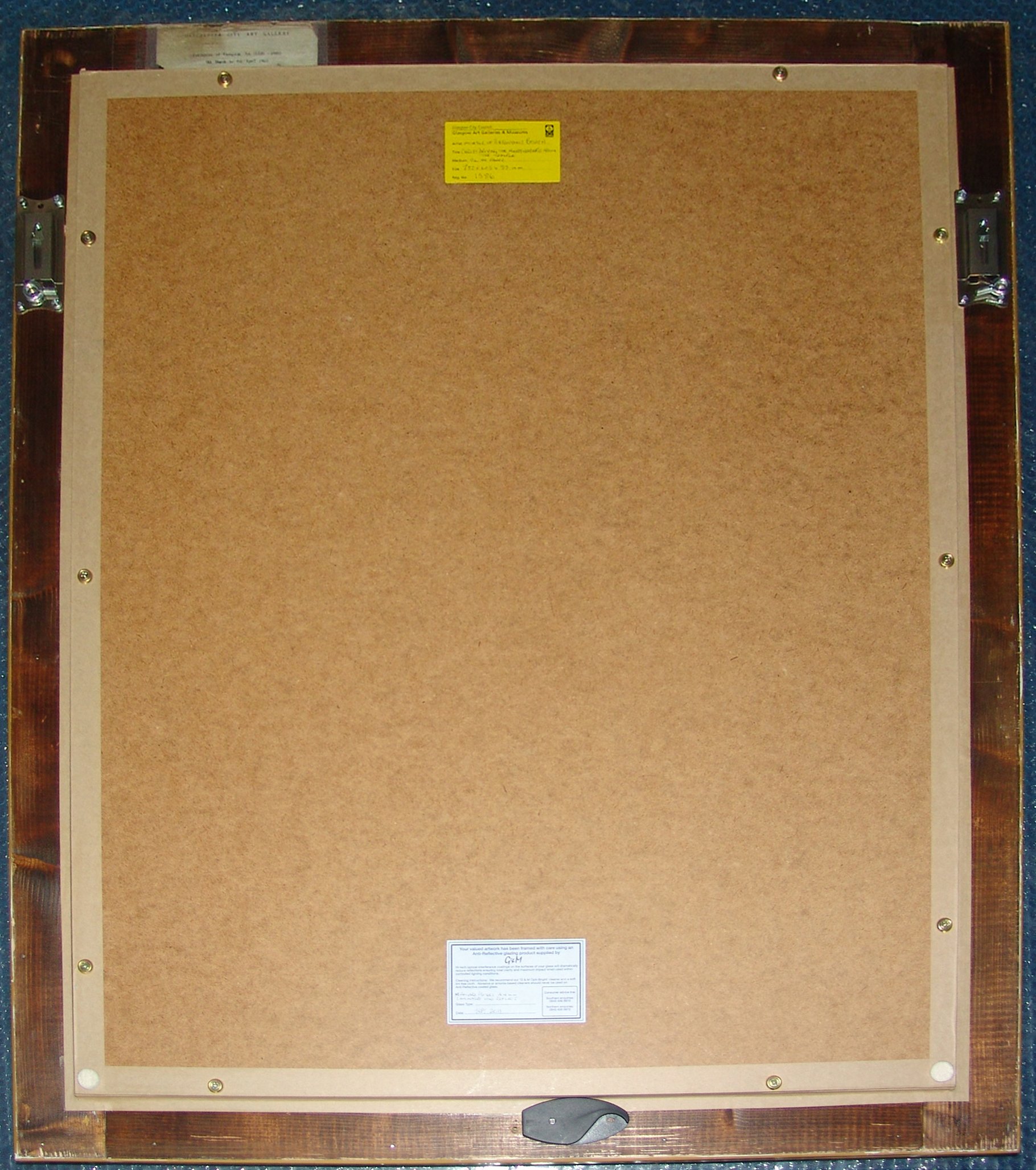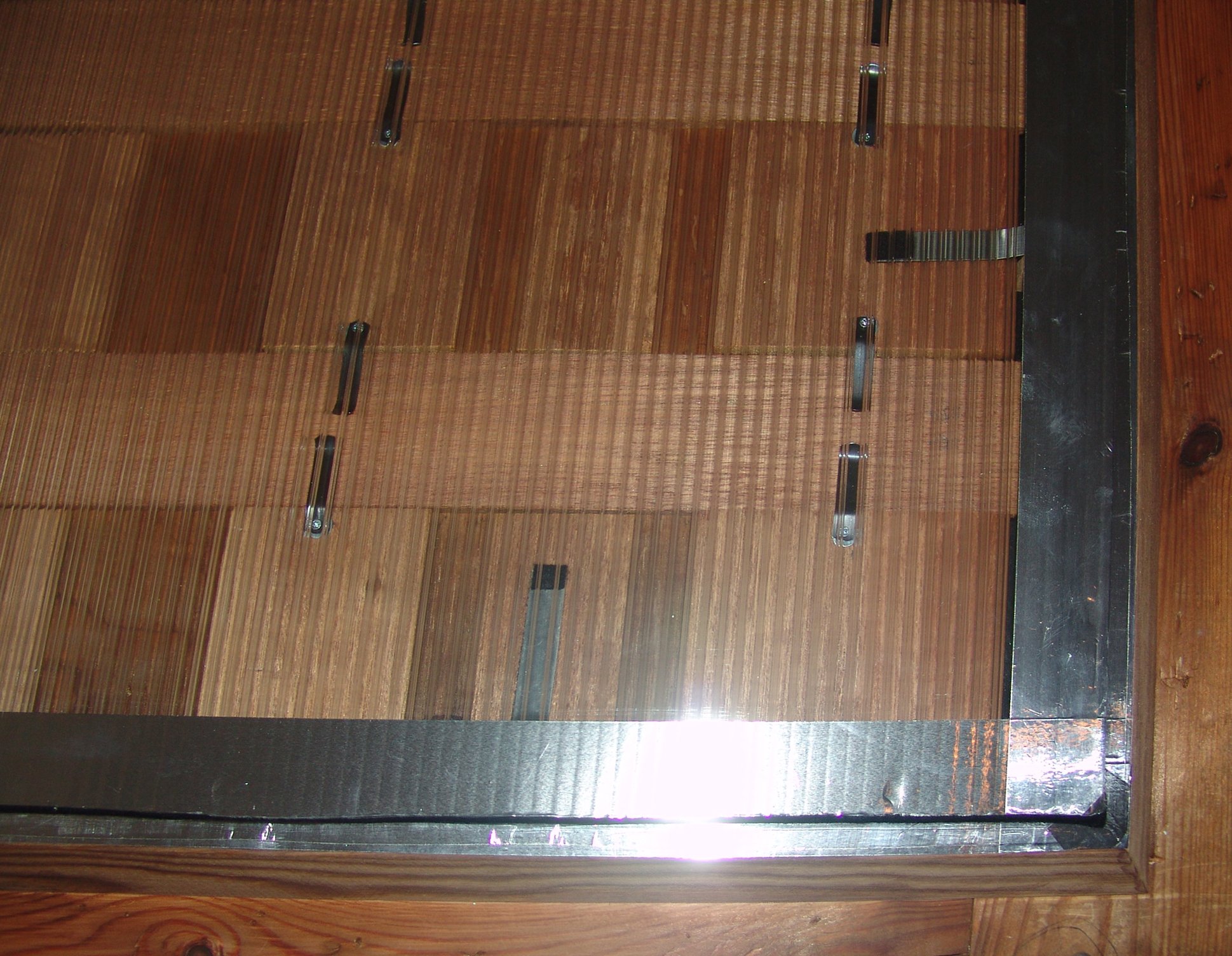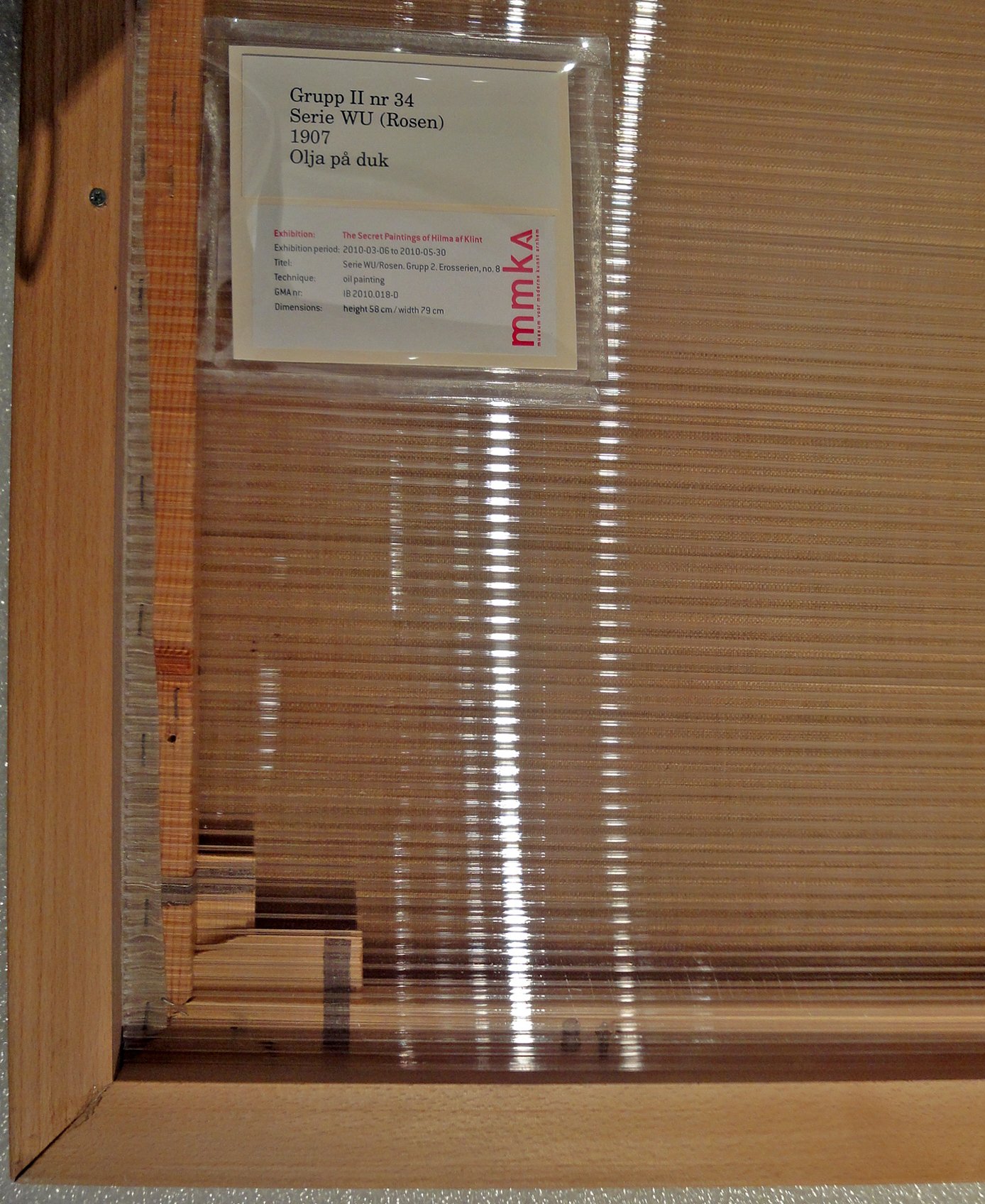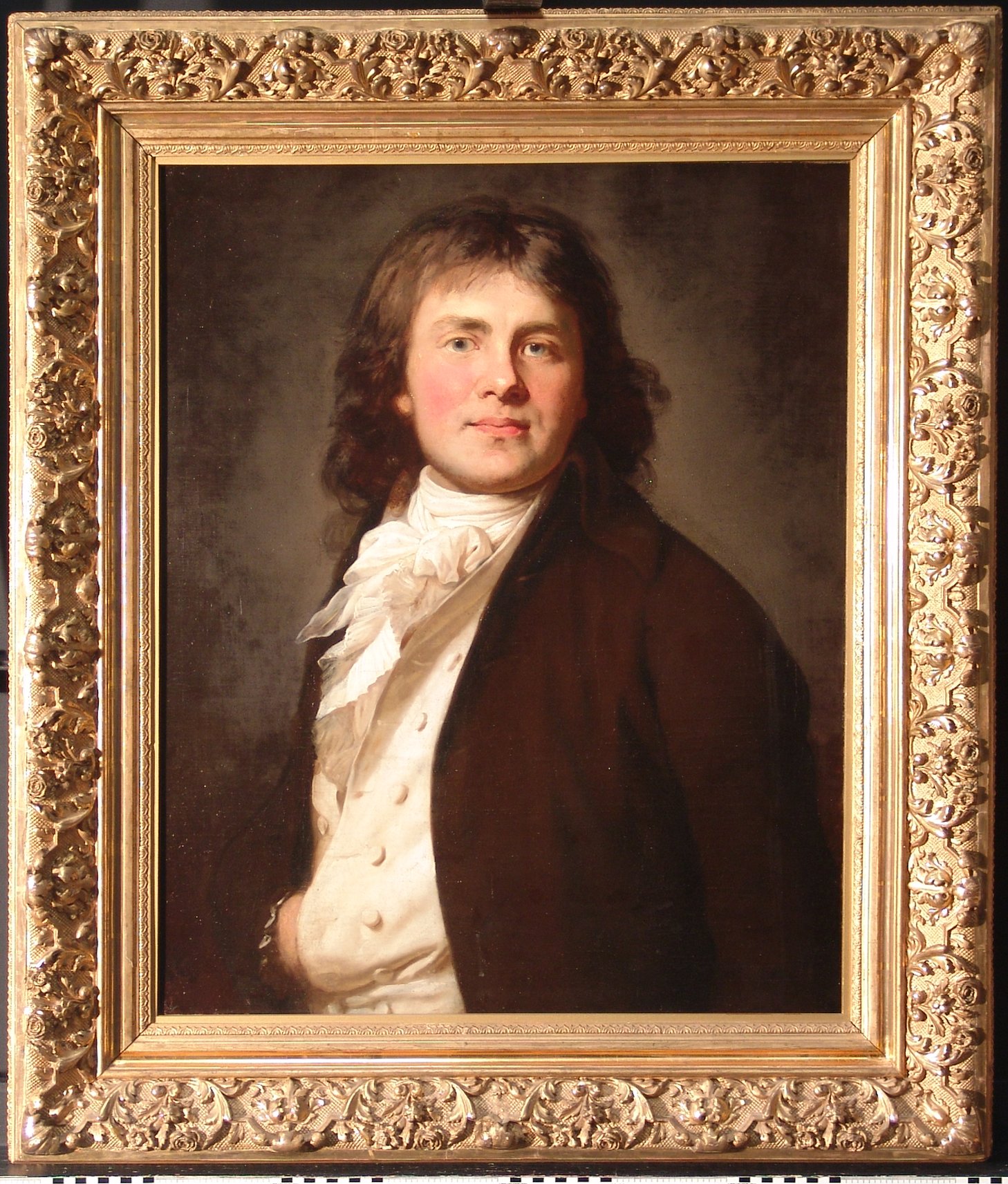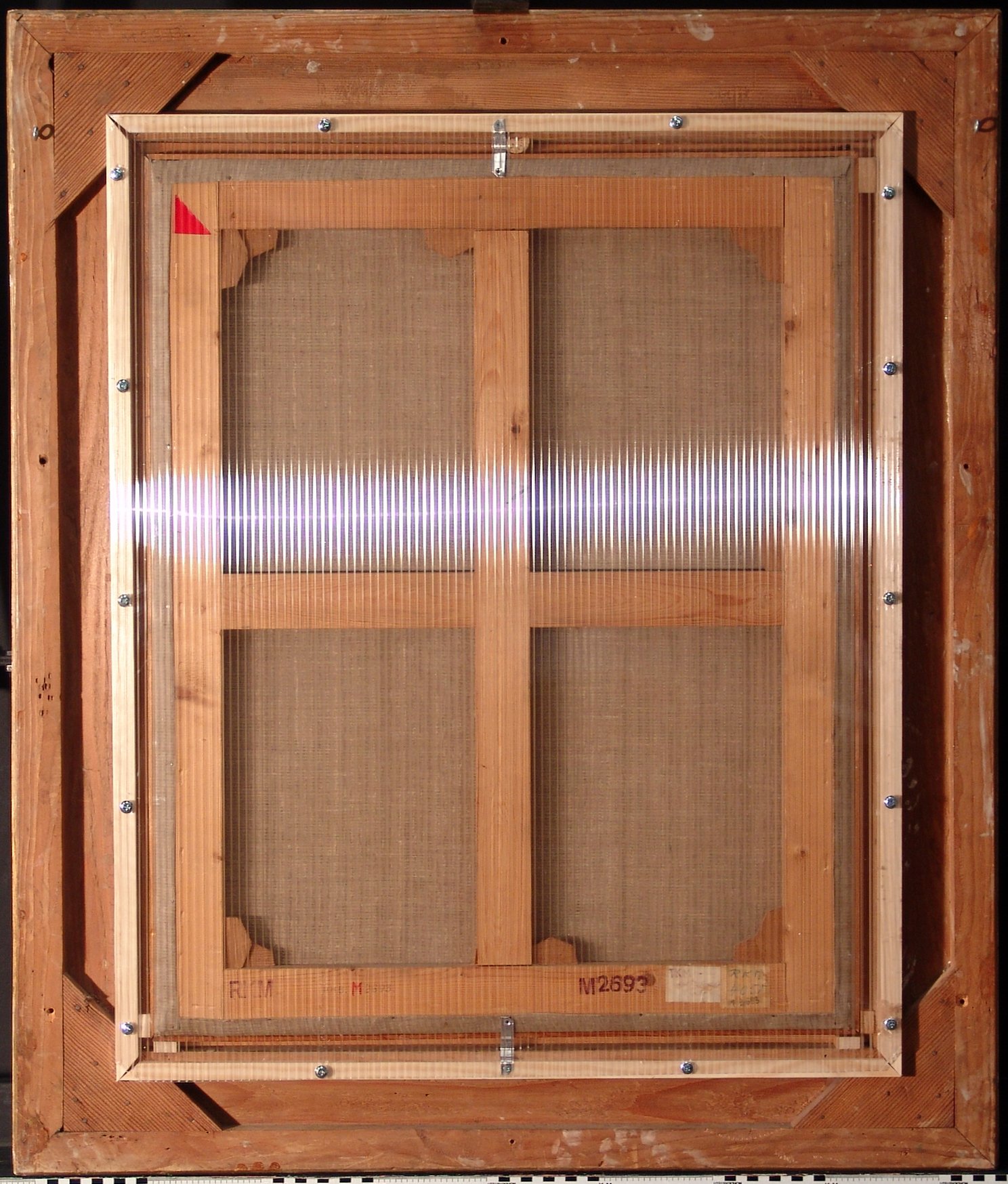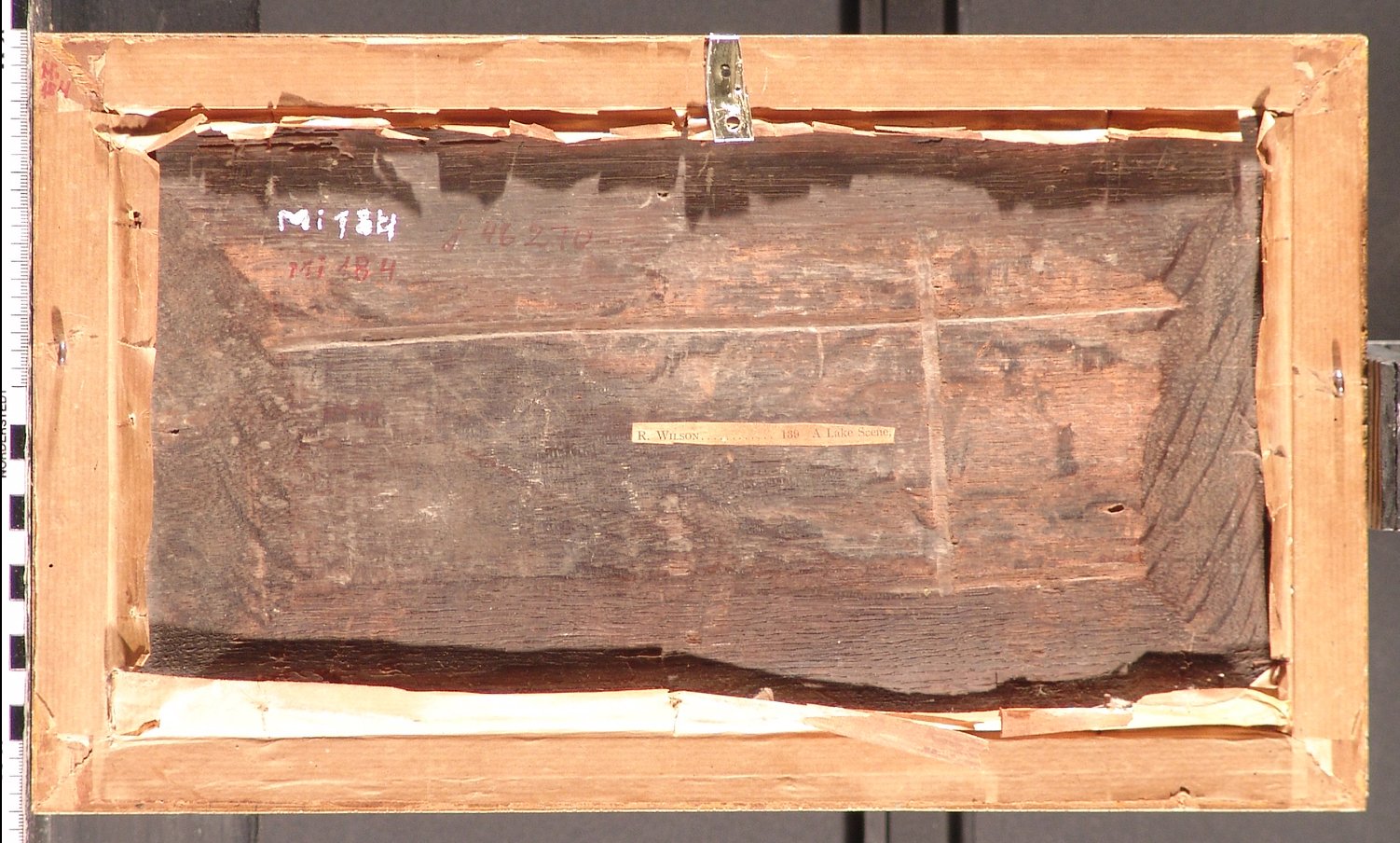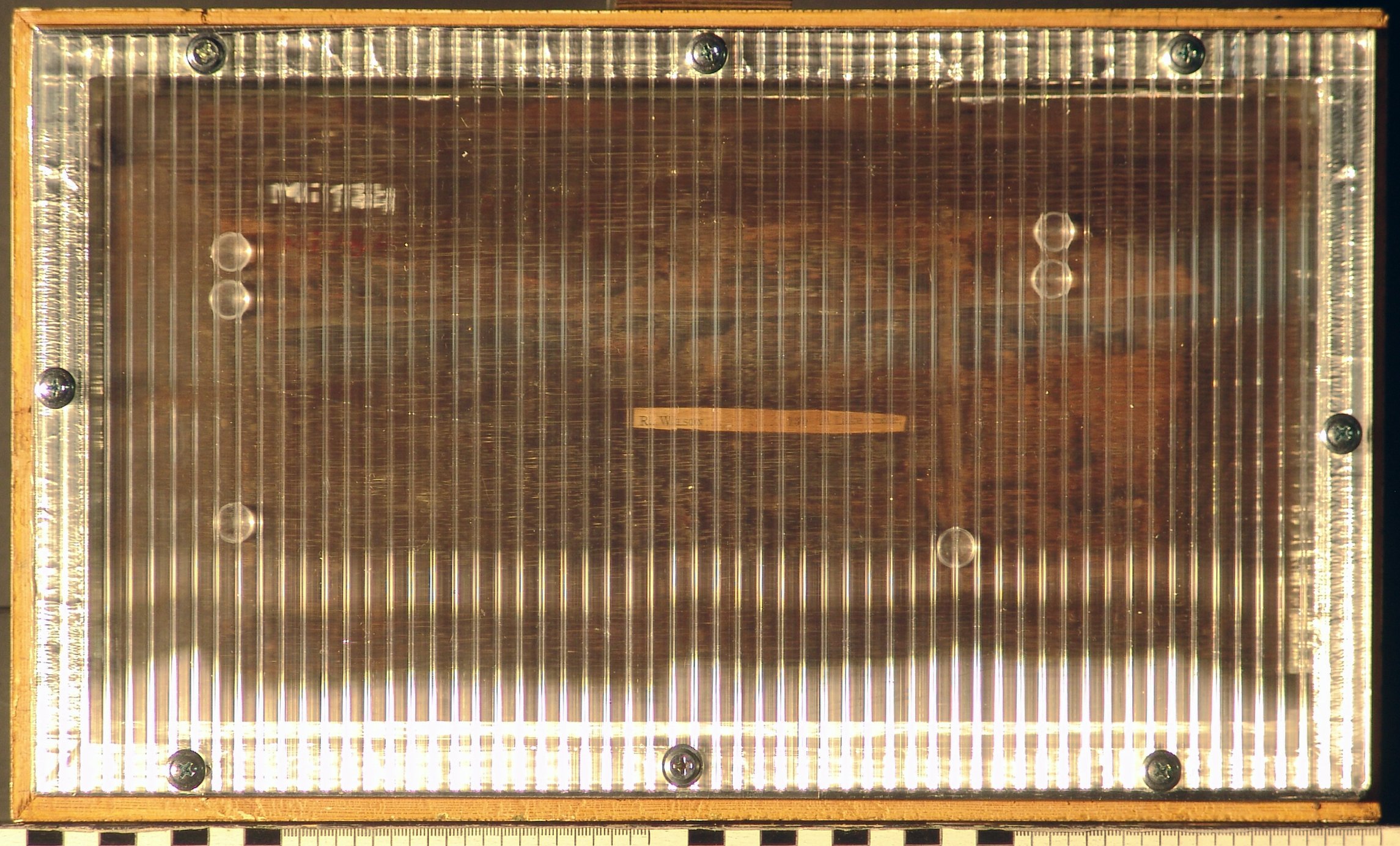ABOUT PROTECTION OF A PAINTING’S REVERSE SIDE
Autor:
Alar Nurkse
Year:
Anno 2015
Category:
Preservation
I have been focusing on creating suitable surroundings for the Art Museum’s collections for years already. The hasty and dictatorial exhibition policy has caused many a complicated situation but, in general, finding the optimal solution to protect a painting’s reverse side has been successful and worth while.
Despite some sceptical attitudes about the experience of moisture condensation forming a trace of climatic conflict (developing biological pollution) on protective panels the practitioners have kept on seeking for different solutions. At some places like in church interiors where the climatic fluctuations are considerable, solutions have mostly concerned ventilation that helps to stabilise the conditions in which the works of art are displayed. In museums the search has mostly depended on the curator’s know-how and ambitions, supported by the conservator’s experience. The present article deals with the protection of the reverse side of paintings.
KEEPING
An exhaustive analysis of environmental hazards for every work of art is vital. So, for example, the open reverse side of a painting is in greater danger of environmental influences than the front side that has layers of paint and covering varnish on it.
Problems of keeping and storing a painting are connected with the framing of the object and that is why the frames that protect but also target the view are always critically examined. The carefully thought through formation of the object helps to grant better observation and guarantees protection at transport and also at handling the object at exhibitions. It should also protect the displayed object from environmental influences. It is important to consider the age and functionality of the original forming details (loops, hooks, hanging cables, etc) and exchange them if necessary. The topic was discussed at the exhibition – Decorative frame and the beauty of it that took place at the Adamson Eric Museum in 2007. Both historical and modern solutions of paintings’ formation were discussed.
ABOUT THE PROTECTION OF THE REVERSE SIDE
Many different methods have been used to protect the reverse side of a painting. Various covering layers (grounding or priming with monochrome or marbled paint layer, egg-white cover and others) were applied onto the reverse side. The base material might be impregnated with oil, the joints of wooden panels might have been covered with canvas or parchment paper strips or fillers were added into the glue mix covering the surface and so forth. In case there were tears or losses of material in the base, the latter was glued (with wax, wax and resin mixture, animal glue or some other kind) onto new supporting material.
When attempting to keep paintings, a kind of ‘climatic buffer’ – i.e. a suitable material to separate the work of art from the surrounding and create a guaranteed environment – has been searched. When the painting has been stretched on the base frame the crackled damages on the old canvas differ from those in the surface of the rest of the painting. They are considerably smaller, evidently due to the (protective) influence of the base frame.
PRACTICE
The protection of the reverse side has been acknowledged and various options put into practice in several renowned museums especially in the previous decades. However, a unique and single method has not yet been determined. The problems concerning the issue of the reverse side protection are as follows:
What must the object be protected from?
What is the microclimate of the room(s) and how should it be adjusted?
Should the reverse side protection exist all the time or should it be applied only in case of transport?
Which is the most suitable protective material? Is it gluing with fillers, paper, cardboard, foil, ply- wood, lining with wooden board, wood-chip board, synthetic foam plastic or Makrolon?
What is the most suitable and expedient method – to fasten the protective material on the basic- or surrounding frame of the original?
What should be used for fastening – screws or staples, two-way tape or something else?
Should the material be punched for ventilation or should the microclimate of the buffer conditions be arranged according to necessity?
How should the objects with climatic protection be hung on the wall?
Will the budget guarantee meeting the cost of labour and materials?
The best-recommended way is to fasten the protective panel onto the basic frame. Polycarbonate plates (PC) of the brands Guttagliss dual and Makrolon are lightweight, pass light, are stroke-safe and easily cut. On the one side they are protected from the UV-radiation and have a 10-year-long warrant for breaking and changes in passing ability.
The backing panel is cut with a special (carpet) knife. In case of larger paintings the measurements should fit these of the supporting cross-boards. The panel should cover the back of the frame in 2-4 cm, if the painting is higher it should cover the nest of wooden strips built on the frame. The places of fastening screws should be marked at 1-2 cm from the panel’s edge and screws with a wide head (washer screws) should be used. Depending on the measurements an interval of 10-25 cm should be optimal for screws, whereas they should not be placed on the corners where they could damage the corner joints.
The solution called the climatic pocket for using new glass and back-covering materials is a method that offers optimal protection.
KASUTATUD MATERJALID:
Orgaaniline klaas (pleksiklaas, akrüülklaas ) – Optium Acrylic® (anti-reflective) http://www.tru-vue.com/Find-a-Distributor/; Optium_Spec_Sheet.pdf; http://www.claritybylarsonjuhl.com/anti-glare-glass.html
Tagakülje kaitseks kasutatavad materjalid:
Makrolon – sünteetiline materjal polükarbonaat (PC), mis leiab kasutust museaalide pikaajalisel säilitamisel http://www.proplastik.ee/makrolon-%28pc
Arhiivipüsiv kartong – EnCore® Acid-Free Foam Board http://www.encoreproducts.com/antique-white-acid-free-foam-board.aspx, io@cleanart.ee
Polüester – (Polyester Fabric P110) http://lascaux.ch/pdf/en/produkte/restauro/58378.02_Films_Farbrics_Papers.pdf
Polüester- või klaaskiudriie - http://lascaux.ch/en/produkte/restauro/index.php
Art-Sorb® http://lascaux.ch/pdf/en/produkte/restauro/10_leuchten_messgeraete/artsorb.pdf
Silikageel – modifitseeritud ränioksiid info@keemiakaubandus.ee
REFERENCES:
1. IIC. Studies in Conservation.Volume 56, Number 2, p 125–137 (2011) https://www.iiconservation.org/node/2918
2. Climate for Collections, Standard and Uncertainties (2013). Andrea Luciani 2013/3/15 http://www.doernerinstitut.de/downloads/Climate_for_Collections.pdf
3. PROPAINT OR 42/2010 http://propaint.nilu.no/Portals/23/PROPAINT-Final%20Report.pdf
4. Achternkamp, Der Rückseitenschutz von Gemälden: Historische und zeitgenössische Praxis; Zeitschrift für Kunsttechnologie und Konservierung Jahrgang 5/1991, Heft 1; Jonathan Ashley-Smith. Risk Assessment for Object Conservation. Butterworth Heinemann Oxford, Auckland et al. 1999; The Structural Conservation of Panel Paintings. Eds. Kathleen Dardes and Andrea Rothe; The Getty Conservation Institute, Los Angeles, 1998; Stoner, Rushfield, Conservation of Easel Paintings, Routledge 2012 jt.
5. Standards in the Museum Care of Costume and Textile Collections. © Museums & Galleries Commission, 1998.
6. T. T. Schaeffer, Effects of Light on Materials in Collections. The Getty Conservation
Institute, 2001. The J. Paul Getty Trust.
7. Museaalse keskkonna uuringute ligi sajandipikkune areng erinevates riikides on määratlenud temperatuuri ja õhuniiskuse parameetreid hoidlate mikrokliimas, mida näitlikustab allpool olev võrdlusrida:
1940. a Nõukogude vene museoloogide soovitus 12–18 +/-2ºC ja 50–60 +/-3% RH (Tihhonova 1940)
1960. a 20 +/-1ºC ja 50% RH (Sebera 1994)
1980. a 20 +/-1ºC ja 50% RH (Shelley 1987)
1987. a 17–21ºC ja 50–55% RH (Grenberg 1987)
1998. a 18–21ºC ja 45–55% RH (Webber 1998)
2004. a 21 +/-2ºC ja 50 +/-5 % RH 24 tundi ööpäevas ja 365 päeva aastas (Lord 2004)
8. P. Achternkamp. Ibid, lk 20.
9. P. Achternkamp. Ibid, lk 25–26.
10. P. Achternkamp. Ibid, lk 27.
11. F. I. Ligterink, G. D. Pietro. Canvas paintings on cold walls: relative humidity differences near the stretcher. http://www.preservatech.com/docs/ligterink.pdf
12. Propaint project. A case study in the Mauritshuis. lk 102, 154
http://propaint.nilu.no/Portals/23/PROPAINT-Final%20Report.pdf
13. The Lobkowicz Collections. http://lobkowicz-palace.com/category/collections-highlights/page/2/
14. Taani Rahvusgalerii (National Gallery of Denmark); Helsingis asuva Soome Rahvusgalerii (Kansallisgalleria Ateneum) kogu maalikunsti kollektsioon on varustatud tagakülje kaitsega; 2015. aastal KUMU-s eksponeeritud Stockholmi Moodsa Kunsti Muuseumi (Moderna Museet) näitusel “Hilma af Klint´i loomingust” olid kõik maalid samuti tagapaneel-kaitsega.

